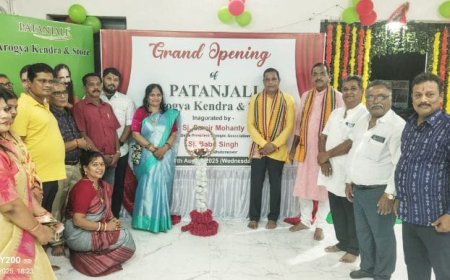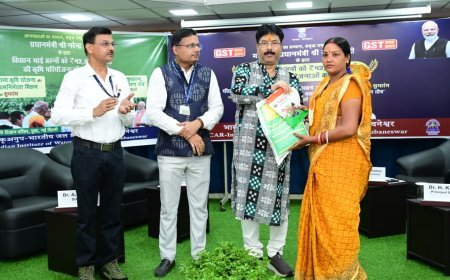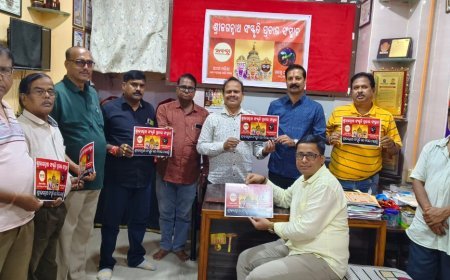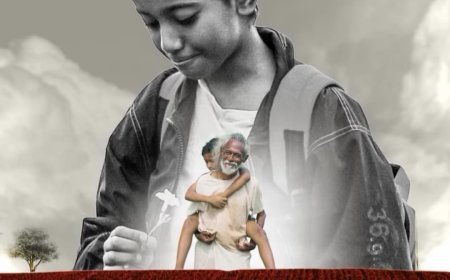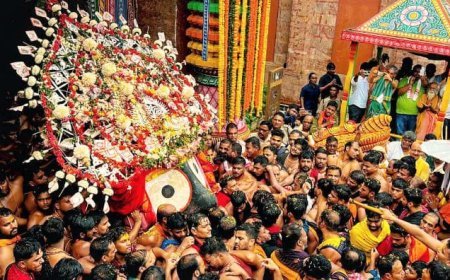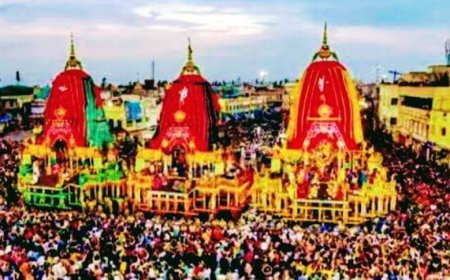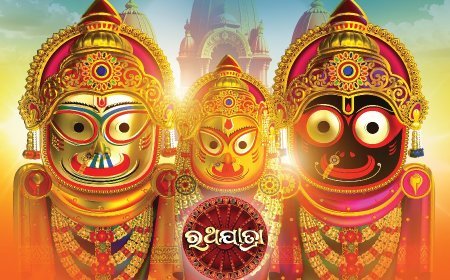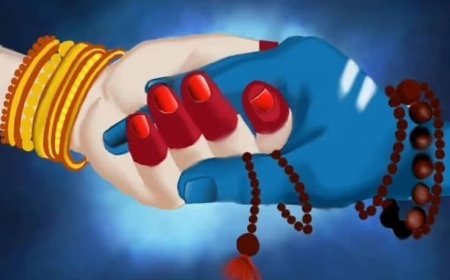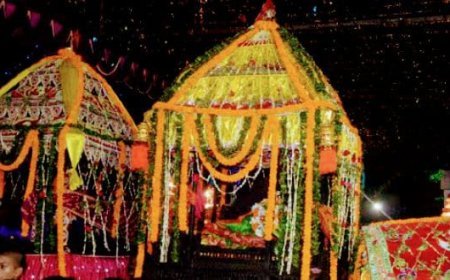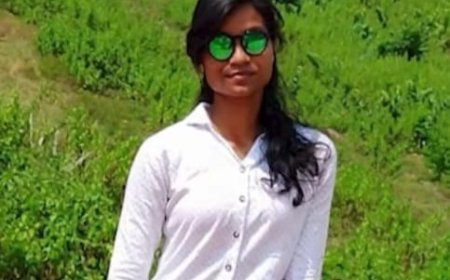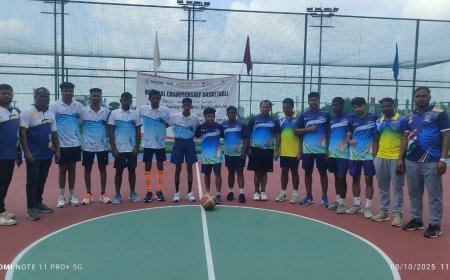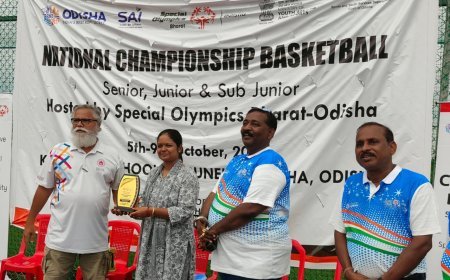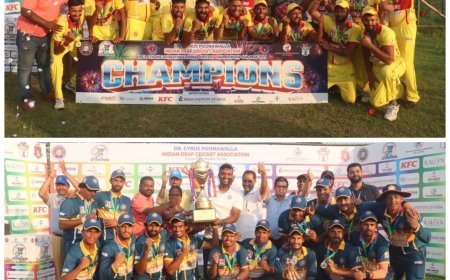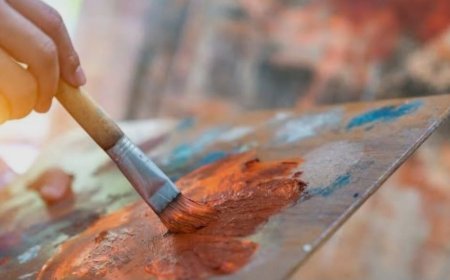Culture and Tradition Shaamba Dashami
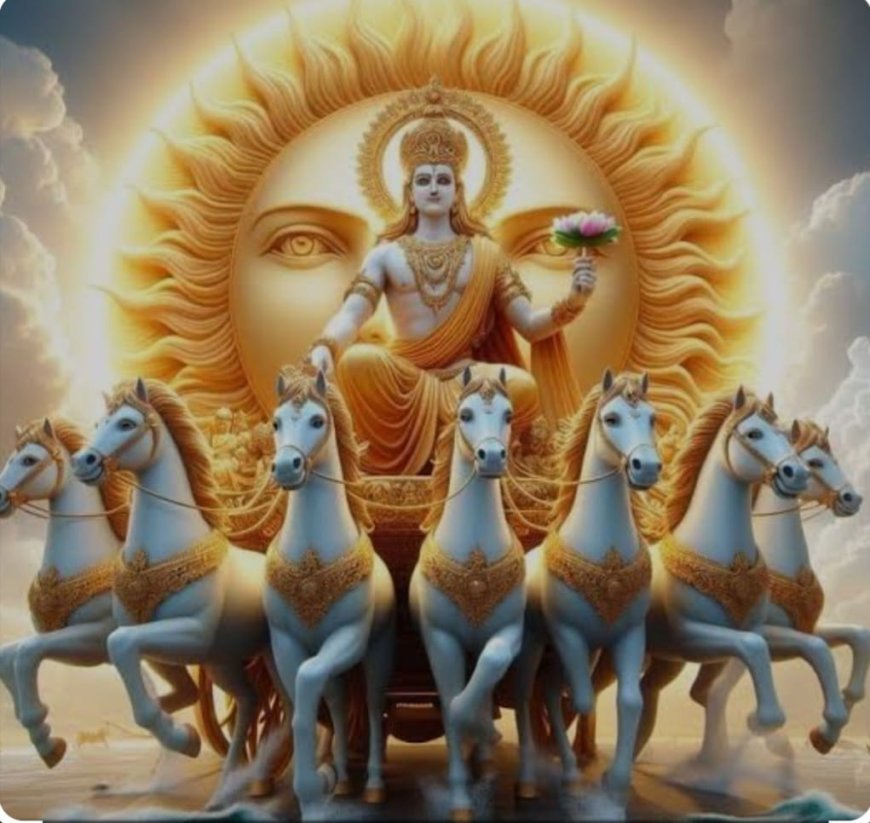
By Sanjay Bhatt
As a significant Odia festival, "Shaamba Dashami" holds great importance and is celebrated with immense joy in Odia Hindu families. It is observed on the Dashami Tithi (tenth day) of the Shukla Paksha in the Pausha month.
The Legend of Shaamba
According to mythology, Shaamba was the son of Lord Krishna and Jaambavati. Known for his beauty, health, and charm, Shaamba was also arrogant about his looks. Mischievous and obstinate by nature, he often disregarded his elders while indulging in pranks with his friends.
Noticing these traits, the Maharishi Naarada persuaded him to disguise himself as a woman and mock Rishi Durvasa. Shaamba, dressed as a woman, placed a mace under his garment to resemble a pregnant belly and, along with his friends, approached Rishi Durvasa. He mockingly asked the sage, “When will my child be born, and what will its future be?”
Understanding the prank, the divinely insightful sage cursed, “The child in this womb will be born soon and will cause the destruction of the Yadu dynasty.” Terrified, Shamba and his friends confessed everything to Lord Krishna.
Krishna, already displeased with Shaamba for secretly peeking at the bathing maidens meant for his aunt, Savata Ma, remembered Shaamba’s past actions. He cursed Shaamba to suffer from leprosy. Realizing his mistakes, Shaamba begged for forgiveness and sought a remedy. Krishna advised him to worship Surya Dev (the Sun God) on the banks of the Chandrabhaagaa River to rid himself of the curse.
For twelve years, Shaamba performed rigorous penance on the banks of the Chandrabhaagaa River at Konark. Pleased with his devotion, Surya Dev blessed him and cured his disease. This marked the origin of Shaamba Dashami, renowned for Surya Puja.
Rituals of Shaamba Dashami
On this day, parents pray to Surya Dev for the good health and long life of their children.
Morning Rituals:
Women wake up before sunrise, take a holy bath, and prepare various delicacies, including khichdi and other traditional items. They place offerings at the altar (Choura) and worship the Sun God. The prepared dishes are tailored to children’s preferences and often include:
Biri Ladoo
Arisa Pitha
Kakara Pitha
Manda Pitha
Dhanua Mua
Idli, Bara, Chhena Gaja, Rasgulla
Aloo Chop, Makara Chaula, Jhilli, Chakuli, Poda Pitha, Kheeri, and Khichdi.
Afternoon Rituals:
During midday, turmeric water is placed in a large vessel, and betel leaves are offered along with the prepared dishes. The family views the Sun’s reflection in the turmeric water and prays for the health and longevity of their children and family members. The Shaamba Dashami Vrata Katha (story) is recited during the ritual.
Evening Rituals:
The festival concludes with the Mahakaala Puja, where special offerings such as Budha Chakuli are made at the altar. The joyous celebration of Shaamba Dashami reflects the rich cultural heritage and devotion of Odia traditions.








